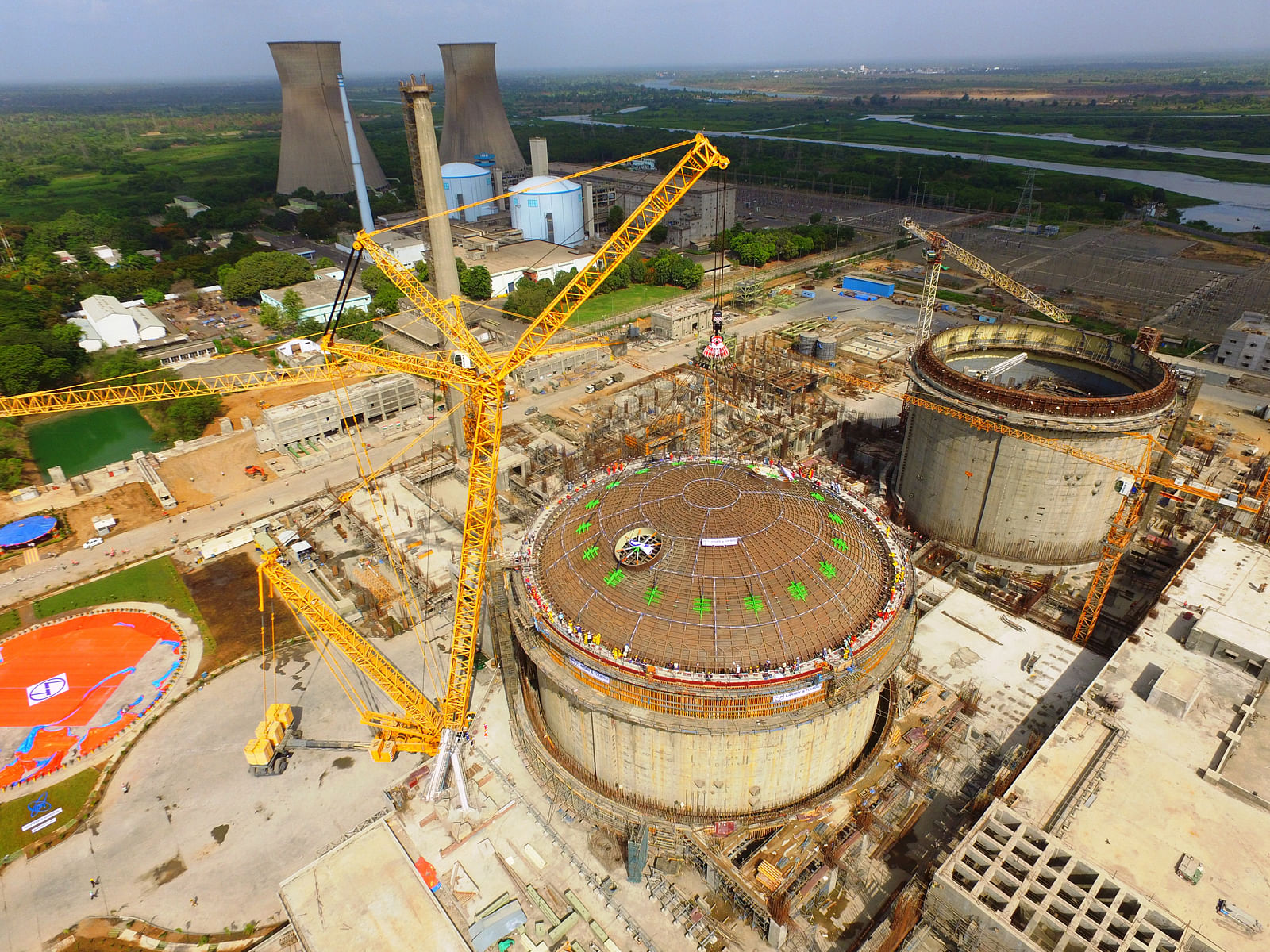Kakrapar Nuclear Power plant, one of India's oldest nuclear power plants in Gujarat has been given a fresh lease of life.
The 220 MW second unit attained criticality (initiation of the self-sustaining nuclear chain reaction) on Monday afternoon after a successful “heart transplantation” of the nuclear reactor.
Every coolant channel and feeder tubes at the core of the reactor were replaced by the Nuclear Power Corporation of India Limited in an operation that began in 2016. The engineers finished the task three months ahead of the schedule.
“The En-Masse Coolant Channel Replacement, En-Masse Feeder Replacement and other safety upgrades were completed about three months ahead of its schedule,” the NPCIL says in a statement. The target deadline was December 2018.
The two 220 MW nuclear units at Kakrapar near Surat are among the oldest in India. The first unit became operational in May 1993 and the second one in September 1995.
Nearly two decades later both were shut down in 2015. The coolant channel and feeder replacement work began in August 2016. “While KAPS-2 is ready, it would take another six months for KAPS-1 to be ready as the target deadline is March 2019,” sources told DH.
KAPS-2 attained criticality at 2.22 am on Monday. Subsequently, there would be several more tests on the reactor following which it would be re-connected to the grid. Its power level will be raised gradually till it attains the peak power.
En-masse coolant channel replacement is not new to Indian nuclear engineers, who have done the same in Rajasthan, Madras and Narora atomic power stations in the past.
It was done for the first time at RAPS-2 in the late 1990s and post replacement RAPS-2 attained criticality in May 1998. The 200 MW unit is still functional.
“The coolant channels constitute the core of a nuclear reactor and their replacement is akin to heart transplantation in human beings,” wrote S K Jain, former NPCIL chairman and managing director in an article. Such upgrades can extend a reactor's life.
NPCIL operates 22 nuclear power plants with a capacity of 6780 MW and eight reactors with a capacity of 6200 MW including two 700 MW units at Kakrapar are under construction. The two new units at Kakrapar (KAPS 3& 4) are already three years behind schedule.
In addition, the government-sanctioned 12 more nuclear reactors with a capacity of 9000 MW on which work has already been initiated.

